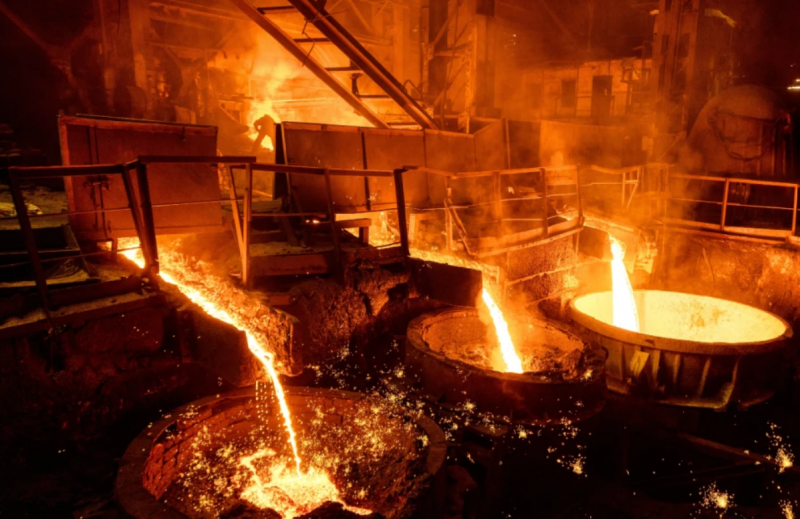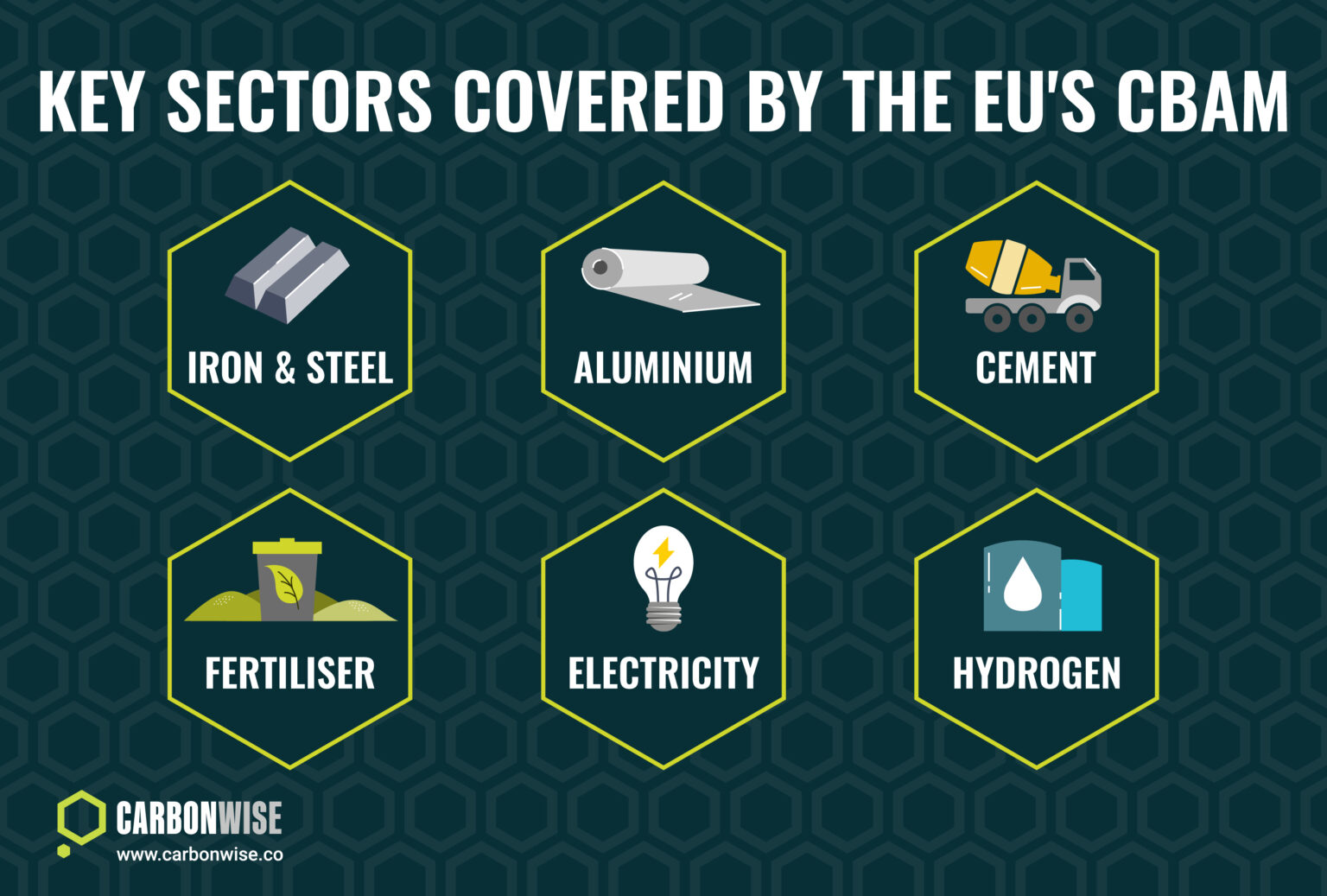
Global steel production in February showed a downward trend, with output declining by 3.4% in comparison to February 2024. According to the latest statistics from the Brussels-based World Steel Association (Worldsteel), the total steel output in 69 reporting nations was 144.7 million metric tons (mmt), down from 148.8 mmt a year earlier.
Key Countries Face Steep Declines in Steel Production
Several leading steel-producing countries experienced notable reductions in their output. China, the world’s largest steel producer, saw a 3.3% drop in production compared to the same month last year. Other major steel-producing nations that reported declines include Iran (-21.8%), Germany (-13.5%), Japan (-8.5%), the United States (-7.0%), Turkey (-5.6%), and Russia (-3.4%). Brazil also reported a 1.6% decrease in output.
In contrast, India and South Korea were among the few countries to experience growth, with India showing a 6.3% increase and South Korea seeing a modest 0.7% rise in steel production.
Factors Affecting Steel Production
Worldsteel attributes the decline in output to several factors, including seasonal effects like the Lunar New Year in China, which typically impacts industrial output during this period. Additionally, geopolitical and economic pressures are taking a toll on steel production in some regions, particularly in the Middle East. Iran and Turkey have seen a combined 13.5% drop in output year-to-date. The region’s steel producers are also grappling with the effects of growing trade barriers, which have contributed to hesitation in ramping up production.
The Neom project in Saudi Arabia, an ambitious development designed to accommodate 9 million people, has also been linked to fluctuations in steel production in the region. The project, which once consumed one-fifth of global steel production, has been under review due to rising costs and shifting political support.
Month-to-Month Slowdown
In addition to the year-on-year decline, the steel industry faced a 4.4% reduction in global output from January to February. The Neom project in Saudi Arabia, alongside fluctuating oil prices, may also contribute to the slowdown. With the Saudi government scaling back support for the project, steel demand in the region has been affected.
The Outlook for Global Steel Production
As countries adjust to shifting demand and trade conditions, the steel industry faces an uncertain future. Rising costs, combined with geopolitical tensions, are likely to continue impacting production levels in key regions. For steelmakers in countries like Turkey, Iran, and others in the Middle East, navigating these challenges will be critical to maintaining output levels.











Leave a Reply
You must be logged in to post a comment.